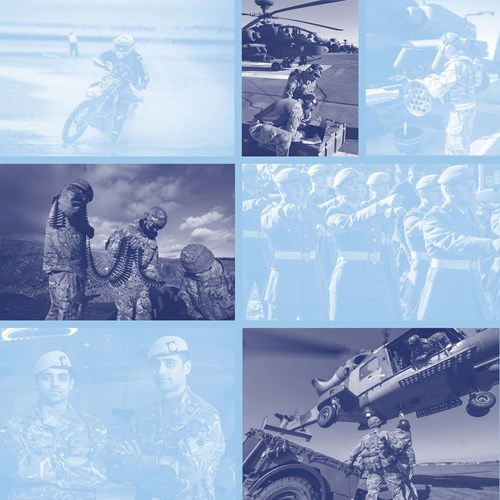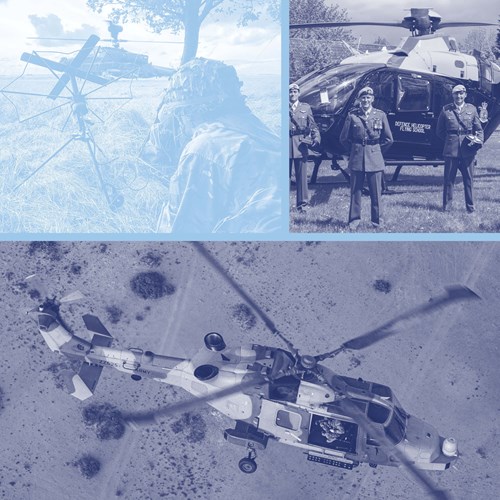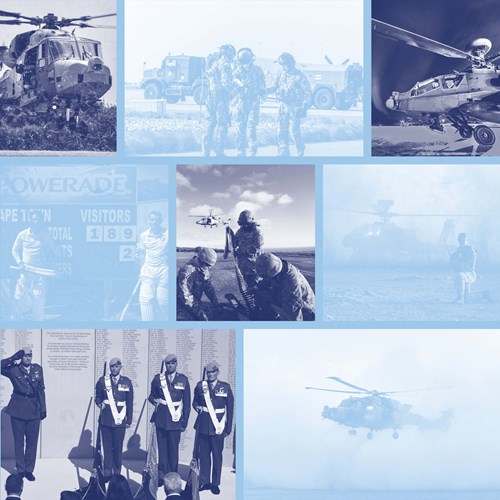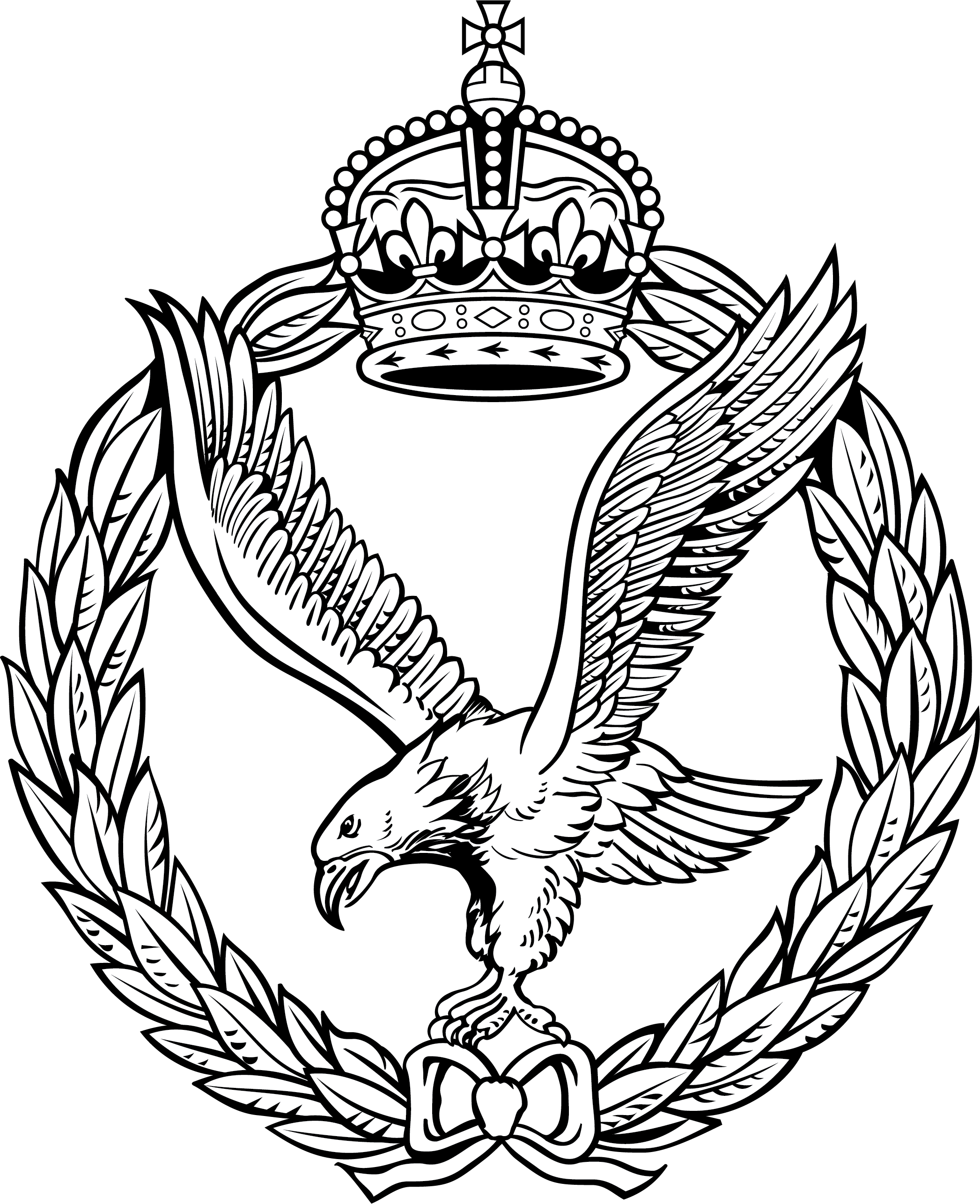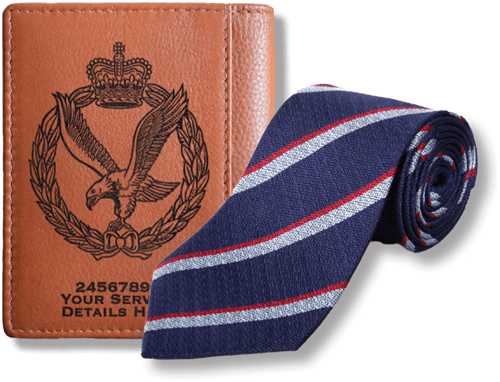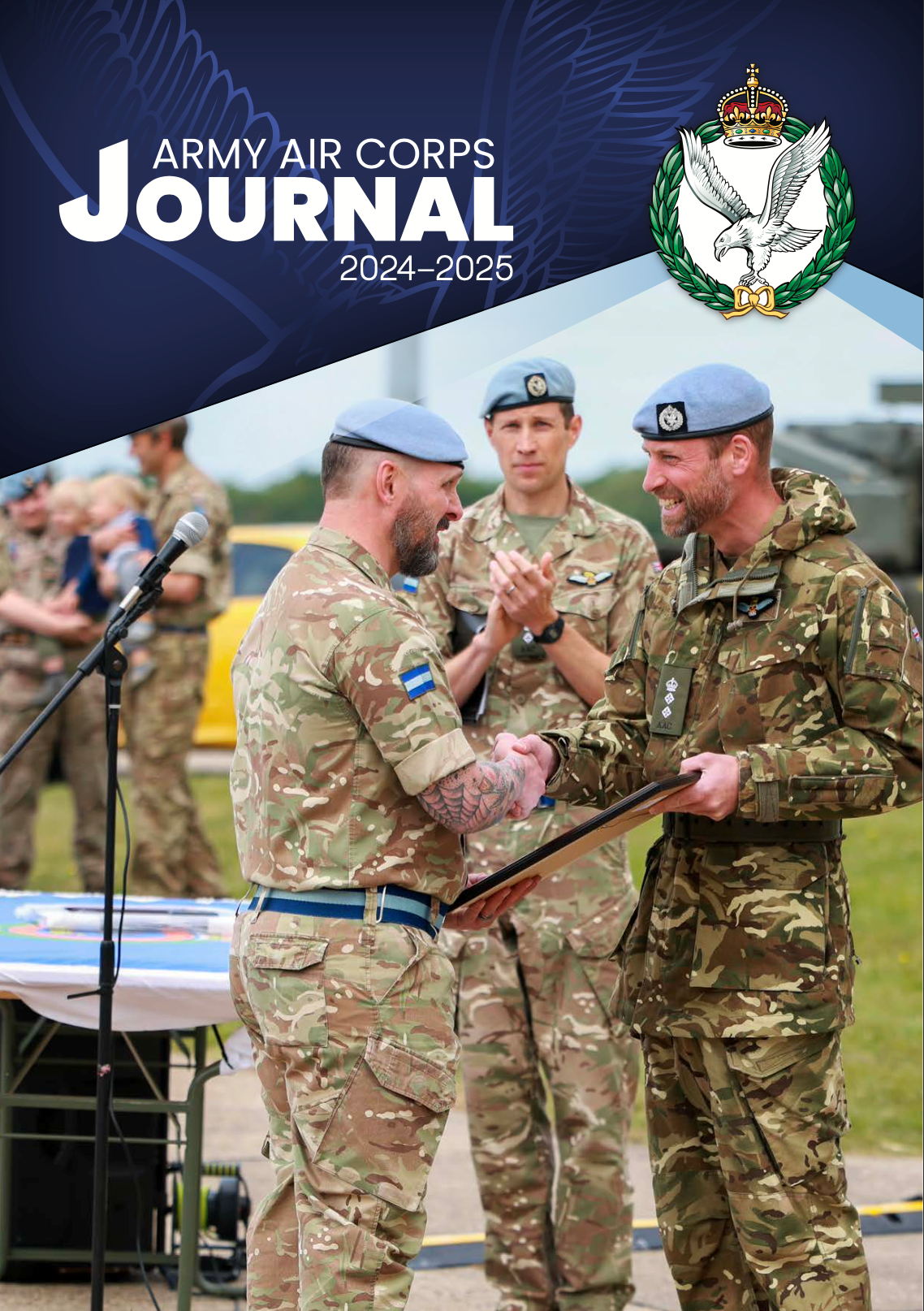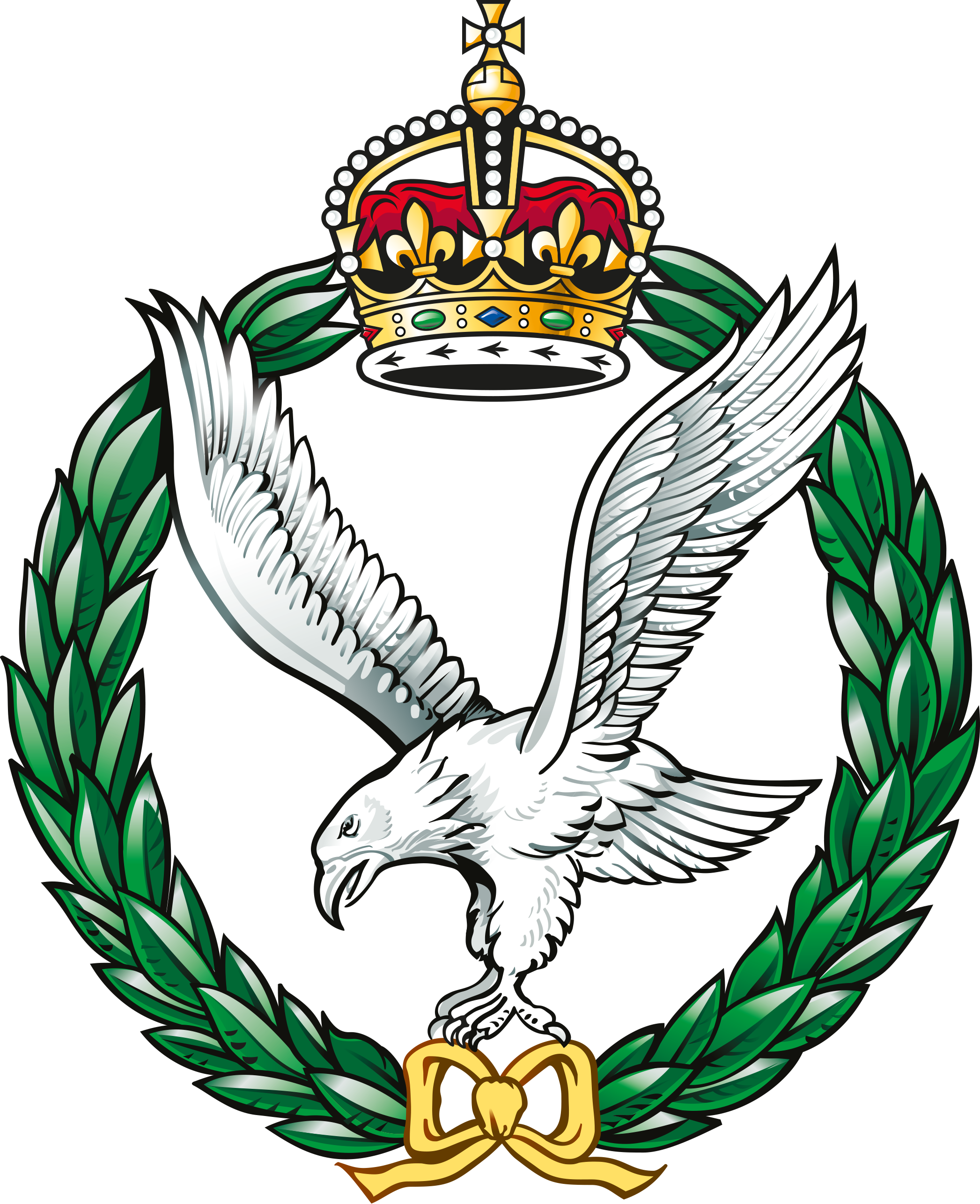
Welcome to the Army Air Corps Association
Congratulations to our Army Air Corps personnel recognised in HM The King's New Year's Honours List 2026, published 30th December 2025.
The Military & Civilian Divisions of the New Year Honours 2026
Army Awards
Promotions in and appointments to the military division of the most excellent order of the British Empire
As Officers (OBE)
Colonel James Francis PEYCKE
As Members (MBE)
Lieutenant Colonel Andrew Christopher WILLIAMS, AAC
Major Anthony Peter Campbell LEIGHTON, AAC, Army Reserve
Congratulations to them all.
Further awards to follow
1st Aviation Brigade Commands Ex Pinion Titan
'Demonstrating NATO Readiness for Combat Operations'
26th November 2025
Under the command of 1st Aviation Brigade, led by Brigadier Nick English MBE, PhD, a powerful force of British and French helicopters is deployed across the UK this month on Ex Pinion Titan.
Some 2,000 troops and up to 1,000 vehicles and 50 helicopters from the British Army, RAF, Armée de Terre, and US Army, are taking part in Pinion Titan, demonstrating their readiness for NATO combat operations.
Pictured top left to bottom clockwise: A formation of 24 aircraft including Apache and Wildcat helicopters from across the AAC and RAF Chinook and French Gazelle, lifted off from Wattisham Flying Station, Suffolk, 4th November 2025; 1 Regiment Army Air Corps Wildcat Helicopters and RAF Chinooks photographed during Exercise Pinion Titan, 20th November 2025; a French Aérospatiale SA-341 Gazelle helicopter from Armée de Terre with Army Air Corps AH-64E during Exercise Pinion Titan; Commander 1st Aviation Brigade, Brigadier Nick English MBE, PhD; up to 1,000 vehicles, as well as 50 helicopters, are deployed on Ex Pinion Titan.
All images UK MOD © Crown Copyright 2025.

DO YOU WANT MORE FROM LIFE?
Fayzan Ashraf did. As he says in the video below: "...deep down inside of me I just wanted more from life. I wanted more of a challenge; that's ultimately what led me to joining the Army."
Fayzan commissioned into the Army Air Corps as a Ground Officer in December 2023.
He is now Second Lieutenant Ashraf, currently a Ground Support Flight Commander with 1 Regiment Army Air Corps (AAC) based at Yeovilton, Somerset, where the AAC crews operate the Wildcat helicopter.
Watch the video below to discover Fayzan's inspirational story.
Ground Support Flight Commanders are critical to enabling the missions flown by the Army Air Corps' cutting edge aircraft.
Which role would you be interested in?
To find out more about jobs in the Army Air Corps you can:
Email our Recruiting team at AACHQ-RecruitingMailbox@mod.gov.uk
Or visit the Army Jobs website via these links to learn about the different Army Air Corps trades.
Links to AAC roles on Army Jobs
AAC Aviation Groundcrew Specialist
Welfare & Benevolence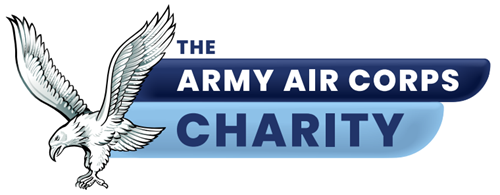
Find Support Here
The AAC RHQ team operates from HQ AAC which is based at the Army Aviation Centre, Middle Wallop, Hampshire. The team administers the AAC Charity, (Charity Commission No 1184333), which provides the basis for welfare and benevolence in the Corps and for AAC Veterans.
If you are aware of somebody in need who may require help or advice, please direct them to their local Royal British Legion, SSAFA Regional Office, or the Officers’ Association, (or Veterans Aid in London), in the first instance.
These organisations give advice and will task caseworkers where appropriate.
Advice may be sought from either the AAC Welfare Assistant or the Army Air Corps Secretary via email:
Serving personnel may access support through their Unit Welfare staff or the service-related charities above.
SSAFA - 0800 731 4880 from 9.00 to 17.30 weekdays. At other times a message can be left. www.ssafa.org.uk/about-us/contact-us
The Royal British Legion – 0808 802 8080 from 8am to 8pm, 7 days a week.
www.britishlegion.org.uk/about-us/contact-us/
The Officers’ Association - 020 7808 4175
www.officersassociation.org.uk/contact- us/
Veterans’ Aid - 0800 012 6867 or 0207 8282468 or visit VETERANS-AID.NET/CONTACT/ Veterans Gateway can put veterans in touch with organisations dealing with healthcare, housing, employment and more. 0808 8021212. www.veteransgateway.org.uk/
More detailed information here
The RHQ team also:
- Adminsters the AAC Veterans' Association (AACVA) and produces the AAC Association's monthly newsletter;
- oversees the Eagle Connect communications platform on the Military App and WebApp, using it where needed to raise funds, take donations or take payments for ticketed AAC / AACVA events through the Stripe payment platform;
- liaises with Colonel-in-Chief AAC and co-ordinates the annual drumbeat of commemorative and Remembrance activities on behalf of the Corps.
Find out more about the team here
Trinity Insurance Partnership
The Army Air Corps Charity has entered into a new partnership with Trinity Insurance. Trinity is committed to providing protection to the Armed Forces community, including serving, reservists and veterans.
Trinity is a Financial Conduct Authority regulated broker and also a member of BIBA (British Insurance Brokers’ Association). The business is run by veterans and has over 23 years’ experience of serving the Armed Forces community.
With 50% of their staff drawn from across the military community, Trinity has a deep understanding of the needs of serving personnel, veterans and their families. With thousands of customers from across the armed forces community they strive to operate and serve those customers under the military values of service, loyalty, integrity and trust.
How can Trinity support members of The Army Air Corps family?
• By offering a range of products to members including buildings and contents insurance, travel insurance, life insurance, personal accident insurance, private medical insurance and more.
• By offering an experienced customer services team who are at the end of a dedicated phone number (and web chat) for any questions or quick quotes.
• By becoming a trusted insurance partner to members– striving to offer easy to understand products that are good value, meet the needs of the armed forces community and are backed up by excellent customer service.
AAC and Army Aviation members of Eagle Connect, serving and retired, can read the full list of offers available to the AAC family in the latest edition of Hawkeye, published on the app https://armyaircorps.co.uk/web-app/
Or, members of our Army Air Corps family can visit Trinity online via this bespoke link: Talk to Trinity

